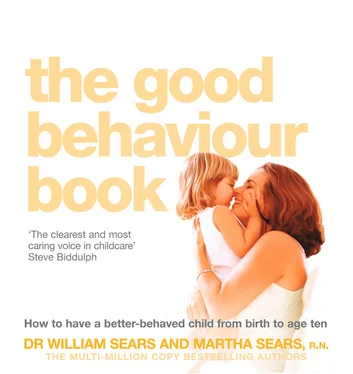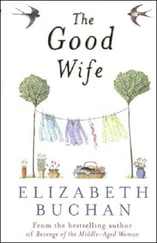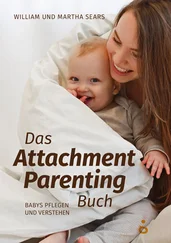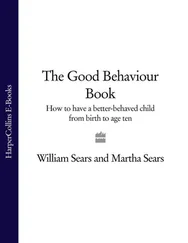You may feel that some advice in this book is too lenient, or that other advice is too harsh. You may feel, “I can’t do that with my child.” If it doesn’t feel right to you, you shouldn’t do it. Discipline is not a list of techniques to be plucked from a book, tried insensitively on your child, and followed rigidly. Instead, use the tools in this book to develop a philosophy of discipline, and use whatever tools fit your child and your family situation to create your own style of discipline.
How to read this book depends upon your needs. If you are first-time parents with a new baby, this book is a recipe for discipline, a philosophy of child rearing, and for some even a guide for living. If you are already experiencing discipline problems, this is also a repair manual, a fix-it-yourself book. Parents, we want you to realize the rewards of investing in your child’s behaviour. While parents should take neither all the credit nor all the blame for the person their child becomes, we believe that many of the problems society now faces – crime, violence, sexual irresponsibilities, and social insensitivities – stem from poor discipline in the child and in the adult that child becomes.
A mother in my surgery, desperate for direction on how she could influence society, said: “The streets are full of crime, the homes are full of violence, and schools spend more time keeping law and order than teaching. I feel powerless to make a difference, and I don’t believe government knows how to change this course of events.” I told this mum: “You can change the world, one child at a time. Do what you and no one but you can do – discipline your child.”
William and Martha Sears
San Clemente, California
March 1995
I promoting desirable behaviour
How parents and child get started with each other influences the discipline relationship. Some parents will naturally ease into discipline, and some children are easier to discipline. Other parents, partly because of how they were disciplined as children, lack confidence in guiding and correcting their child. For these parents, the early chapters of this book will help you to become confident parents while giving your child the start you never got. We begin by discussing the attachment style of parenting, a way of getting connected to your child. Our journey into discipline starts by giving you the tools to get connected to your child in the early years, when the little person is under construction. We help you to build your sensitivity to your child, and your child’s toward you; to know what is age-appropriate behaviour; to help your child to become comfortably expressive, to handle anger, and to develop self-confidence. And from that basic relationship, loving guidance flows naturally. Attachment parenting brings rewards for parents as well as children. Putting in some extra effort at the beginning will save time and energy later on. You won’t have to do as much of the repair work we discuss in Part II.
Конец ознакомительного фрагмента.
Текст предоставлен ООО «ЛитРес».
Прочитайте эту книгу целиком, купив полную легальную версию на ЛитРес.
Безопасно оплатить книгу можно банковской картой Visa, MasterCard, Maestro, со счета мобильного телефона, с платежного терминала, в салоне МТС или Связной, через PayPal, WebMoney, Яндекс.Деньги, QIWI Кошелек, бонусными картами или другим удобным Вам способом.












